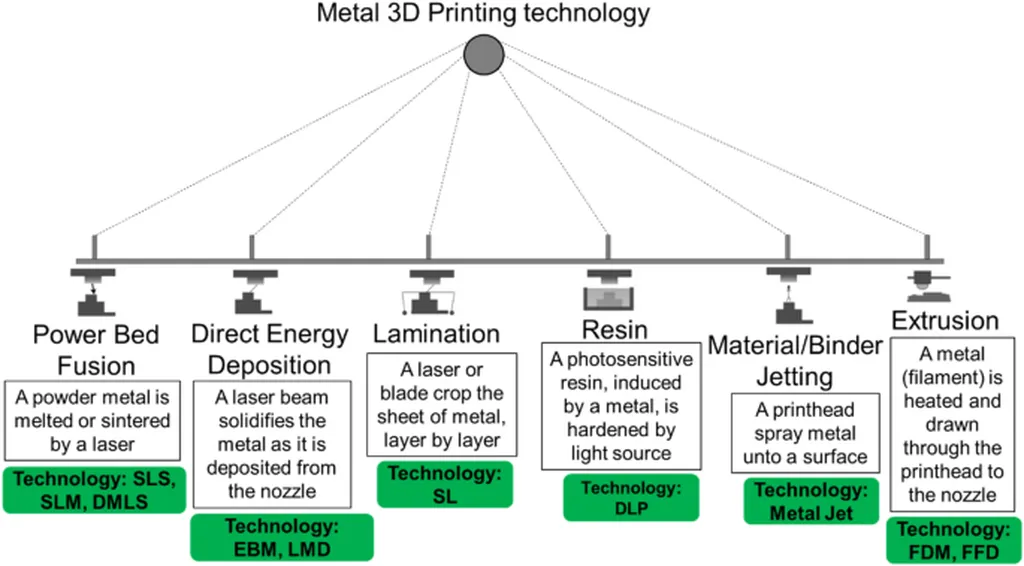In the rapidly evolving world of manufacturing, a groundbreaking review published in *Discover Materials* (translated from the original title, *Uppdäcka Material*) is shedding light on the transformative potential of metal-based 3D printing, also known as additive manufacturing (AM). This isn’t just another technical deep dive; it’s a comprehensive roadmap that could reshape how industries, particularly energy, approach production.
At the helm of this research is V. Arumugaprabu, a mechanical engineering expert from the Kalasalingam Academy of Research and Education. Arumugaprabu and his team have meticulously examined the fundamental principles, processes, and methods of metal AM, which constructs parts layer by layer directly from digital models. This technology enables the fabrication of fully dense metallic components with high precision and speed, making it highly suitable for producing complex, high-performance parts across mechanical, civil, and medical industries.
One of the standout methods highlighted in the review is powder bed fusion (PBF), which selectively fuses powder layers using an energy source such as a laser. “PBF offers notable advantages in terms of material stability, mechanical durability, and cost-effective production,” Arumugaprabu explains. This method is particularly promising for industries that require high-performance, complex components, such as those in the energy sector.
Unlike previous reviews that often focus on specific process techniques or application areas, Arumugaprabu’s work provides a holistic perspective by integrating process mechanisms, material considerations, post-processing effects, and industrial applications. This comprehensive approach addresses current limitations, such as parameter optimization and mechanical property enhancement, and highlights emerging opportunities, including the development of efficient, low-cost production strategies.
The implications for the energy sector are profound. Metal AM could revolutionize the production of components for renewable energy systems, such as wind turbines and solar panels, as well as enhance the efficiency and durability of traditional energy infrastructure. “By critically analyzing previous research, this review addresses current limitations and highlights emerging opportunities,” Arumugaprabu notes. This could lead to significant advancements in energy production and storage, ultimately contributing to a more sustainable future.
The review also provides a clear direction for future research and advancements in metal additive manufacturing technologies. As industries continue to seek innovative solutions to meet the demands of a rapidly changing world, metal AM stands out as a promising avenue for growth and development. With its potential to enhance production efficiency, reduce costs, and improve product performance, metal AM is poised to play a pivotal role in shaping the future of manufacturing.
Published in *Discover Materials*, this review serves as a beacon for researchers, engineers, and industry professionals, guiding them towards a future where metal AM is not just a tool, but a cornerstone of industrial innovation. As we stand on the brink of a new era in manufacturing, the insights provided by Arumugaprabu and his team offer a glimpse into the possibilities that lie ahead.

